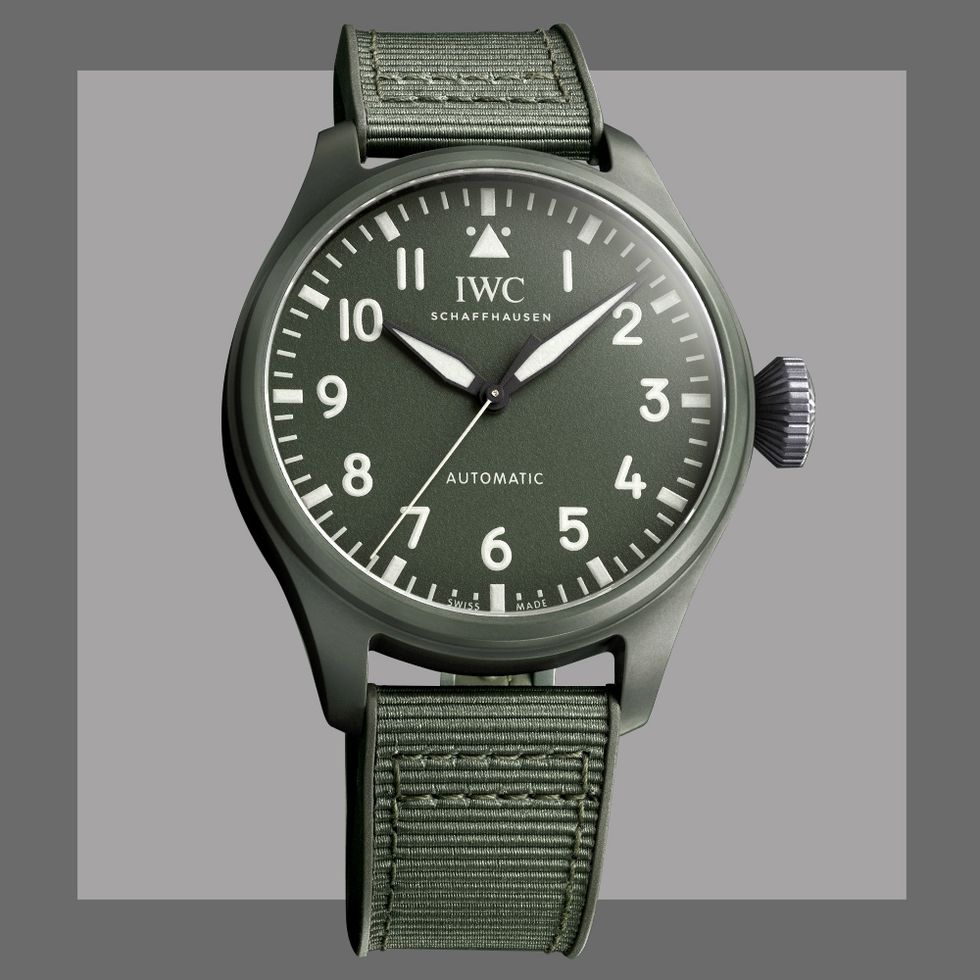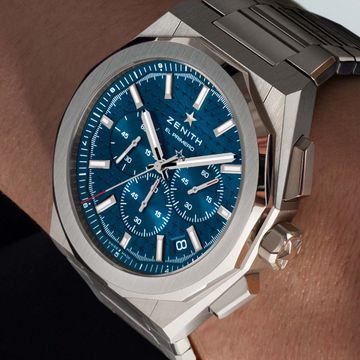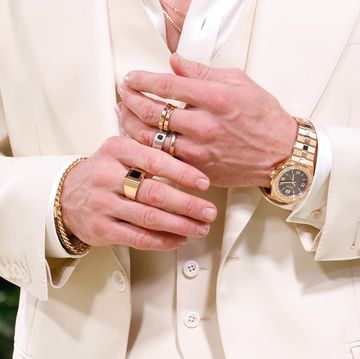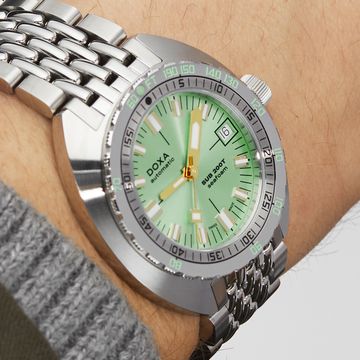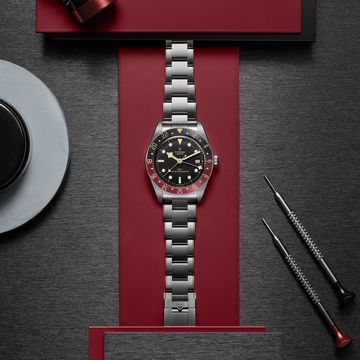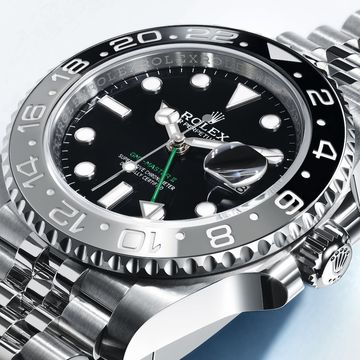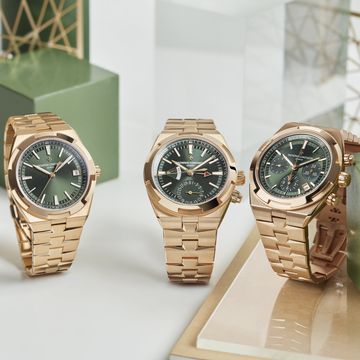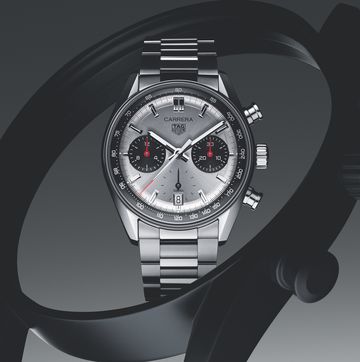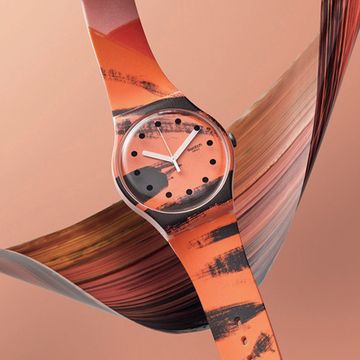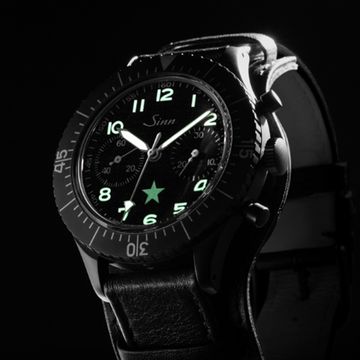Welcome to Dialed In, Esquire's weekly column bringing you horological happenings and the most essential news from the watch world since March 2020.
The use of ceramic materials in the making of watch cases may seem like a 21st century science thing. In fact, luxury tool watch specialist IWC has been using the lightweight, robust material since way back in the 1980s, when it pioneered it in a black Da Vinci Perpetual Calendar Chronograph. Ceramic—which, despite the name, has nothing whatever to do with fragile porcelain—was first developed by scientists at NASA for the nose cone of the Space Shuttle. Ceramic’s extreme heat resistance was a particular asset on re-entry into earth’s atmosphere. That heat resistance also makes it both practically scratchproof and color fast, meaning it will look like new for decades.
At Watches & Wonders Geneva in late March, IWC added two striking new colors to its roster of ceramic watches in the form of an arctic white and a forest green, both inspired by the terrain over which the US Navy’s Top Gun pilots frequently fly. As precise color matching to other elements in the watches was critical to IWC, the house partnered with Pantone to create two new official Pantone shades, IWC Woodland and IWC Lake Tahoe. Two new Top Gun Chronographs for 2022 come with contrasting black dials to join the existing Mojave, a sand-colored ceramic edition that was introduced in 2019.
Both these new watches are 44.5mm in diameter and come with steel pushers and a titanium case back. A separate 43.8 mm Big Pilot edition only in the Woodland green, however, also features another bit of recent IWC alchemy, the brand’s proprietary Ceretanium, first introduced in 2017, which fuses titanium with ceramic to create an entirely new, lightweight, high-performance alloy, used here for the Big Pilot’s case back and crown.
If banging out colored ceramics was easy, everyone would be doing it. Actually, nailing a desired color in ceramic is the result of painstaking experimentation with the proportions of different pigments during sintering, the process that converts the zirconium oxide powder and other metallic oxides into a solid using extreme pressure and heat. The process causes the atoms of the oxides to fuse without melting. During the heating and cooling, the ceramic also shrinks in volume by about a third. Which means the raw cases are made a third bigger to start with. The resulting raw cases then have to be polished. There’s a lot of trial and error involved.
But at the end of all that trial and error, you have something truly exceptional. For IWC, it's worth it. And after all, who do you know who has a white watch?


